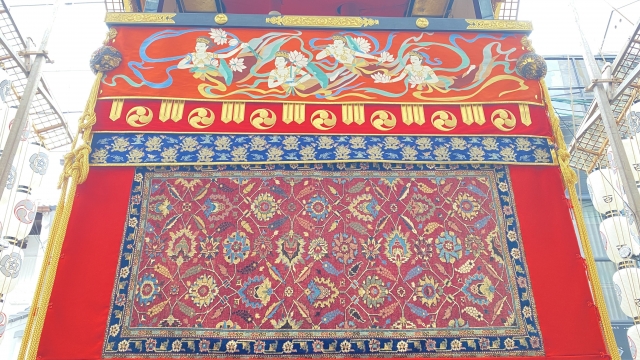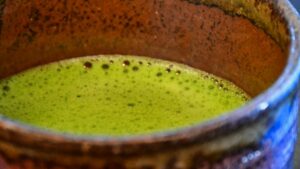Introduction
Welcome to an in-depth exploration of the captivating Gion Festival, one of Japan’s most celebrated cultural events. This article delves into the rich history, mesmerizing charm, and exciting highlights of the Gion Festival, providing you with a comprehensive guide to this remarkable occasion. Join us as we embark on a journey through time and tradition, uncovering the essence of this spectacular event.
The Gion Festival – A Timeless Celebration
The Gion Festival, locally known as Gion Matsuri, is an annual summer festival held in Kyoto, Japan. Dating back over a millennium, this vibrant celebration originated in the 9th century and has since become an integral part of Kyoto’s cultural heritage. Taking place throughout the month of July, the festival honors Yasaka Shrine and is a symbol of the city’s enduring traditions.

Traditional Pageantry
At the heart of the Gion Festival lies its enchanting processions, featuring majestic floats known as yamaboko. These elaborate structures, adorned with exquisite craftsmanship and intricate decorations, represent the spirit of Kyoto’s artistic heritage. Witnessing the grandeur of the yamaboko parades is a truly mesmerizing experience, as they showcase the skills and artistry of local craftsmen.

Exquisite Kimono and Geisha Culture
The Gion Festival offers a unique opportunity to delve into the world of geisha, Kyoto’s iconic cultural ambassadors. During this time, geiko (the local term for geisha) and maiko (apprentice geisha) grace the festival with their presence, donning breathtakingly beautiful traditional kimono. Observing their graceful movements and timeless elegance is an unforgettable encounter with Japan’s living heritage.
Ancient Origins and Symbolism
The Gion Festival traces its roots to the Heian period, when Kyoto was the imperial capital of Japan. Originally conceived as a religious purification ritual to appease the gods, the festival gradually evolved into the grand celebration it is today. The vibrant colors, rhythmic chants, and spirited performances all carry symbolic meaning, representing prosperity, good fortune, and warding off evil spirits.
Cultural Significance and Preservation
Recognized as a UNESCO Intangible Cultural Heritage, the Gion Festival plays a vital role in preserving and promoting Japan’s cultural legacy. It serves as a platform for passing down traditional arts, crafts, and rituals to future generations, ensuring their continuity. The festival’s enduring popularity and widespread recognition have contributed to the global appreciation of Japan’s rich cultural tapestry.

Spectacular Highlights
Immerse yourself in the festive atmosphere by attending the iconic Yamaboko Junko procession, where massive floats are paraded through the streets of Kyoto. Marvel at the Yamaboko Tsuki-hoko, the tallest float, reaching impressive heights of up to 26 meters. Don’t miss the enchanting Yoiyama evenings, when the streets come alive with traditional music, dance performances, and vibrant night stalls.

Exploring the Neighborhood
Beyond the festival itself, the Gion district offers a glimpse into Kyoto’s historic charm. Take a stroll along Hanamikoji Street, lined with traditional wooden machiya houses, and encounter the serenity of Yasaka Shrine. You may even spot a geiko or maiko gracefully making their way through the streets, adding a touch of elegance to this ancient neighborhood.
Conclusion
The Gion Festival stands as a testament to Japan’s rich cultural heritage and the enduring spirit of Kyoto. Through its captivating pageantry, exquisite traditions, and vibrant celebrations, the festival immerses visitors in a world where the past seamlessly intertwines with the present. Experience the magic of Gion Festival, and let the essence of this extraordinary event leave an indelible mark on your journey through Japan.


